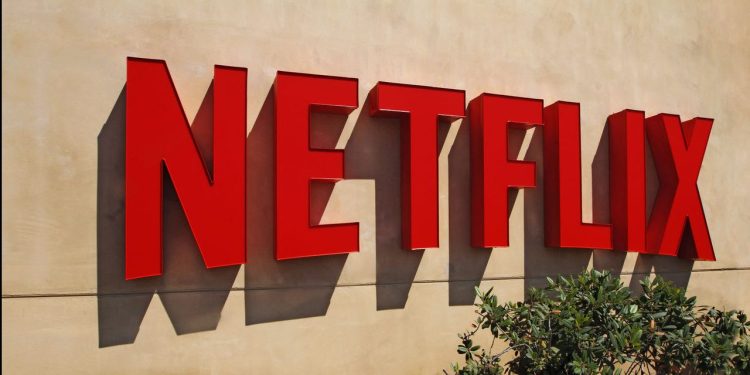The streaming wars saga got another jolt this week when content behemoth Disney announced a $12.99 bundle that seemed like a sure Netflix-killer. But as is so often the case, analysis around this development was done through the lens of U.S. audiences.
Taking a broader view, the details of Disney’s streaming service illustrate the huge lead Netflix has in international markets and the challenges upstarts face.
Netflix had about 151 million paid subscribers as of its most recent quarter, with about 60 million in the U.S. and 91 million abroad. Indeed, Netflix saw the number of its U.S. subscribers drop last quarter, while international growth continues (though less quickly than projected).
Conventional wisdom says Netflix is going to get pummeled as content giants roll out streaming services like Disney+, HBO Max, Apple TV, and others. But rivals’ major impact is likely going to be felt more in the U.S. market (Apple being a possible exception).
June 5th: The AI Audit in NYC
Join us next week in NYC to engage with top executive leaders, delving into strategies for auditing AI models to ensure fairness, optimal performance, and ethical compliance across diverse organizations. Secure your attendance for this exclusive invite-only event.
For instance, the basic Disney+ is set to launch in November in the U.S. for about $7 a month. It will have a monstrously large content library, thanks to its Star Wars, Pixar, and Marvel properties.
But while the company hopes to make its content available sometime next year in Europe and Asia, no date has been set. The target is for it to be available worldwide in two years, but it’s likely the international versions of Disney+ won’t have the full content libraries for at least four years, due to agreements already in place with other distributors.
Netflix faced this same dilemma five years ago when it began a more aggressive international expansion. It did not own all the international rights to House of Cards, then its signature original show, which took some time to reacquire.
Likewise, while there has been a lot of talk about Netflix losing the rights to Friends and The Office, that is mainly in the U.S. I live in France, where The Office is on Amazon Prime.
Netflix will still carry Friends in many territories abroad, even as AT&T’s WarnerMedia hopes to use it to boost the launch of its HBO Max streaming service. Netflix will still also show CW series like Riverdale outside the U.S. And as Netflix executives noted recently, the service just added sitcom Big Bang Theory to many of its international territories, though it never had the show in the U.S.
Likewise, the core HBO streaming services today are only available in a limited number of countries. Again, where I live, shows like Game of Thrones are carried by OCS. It’s not clear how much brand value HBO has around the world, though the current ownership at AT&T seems to think it’s high.
When HBO Max does launch next spring, it will also be missing the Harry Potter movies, since NBCUniversal, which will be launching its own streaming service, has those licensed through 2025.
This brings us back to Disney’s bundle announcement: Disney+, ESPN+ and ad-supported Hulu for about $12.99 a month. That seems like an unbeatable deal compared to Netflix’s two-HD stream plan, which now costs $12.99 per month in the U.S. The reactions were pretty positive for the price point and the value, but this bundle will be a U.S.-only offering.
Hulu has never managed to make it abroad (The Handmaid’s Tale is carried on OCS in France). And even the stripped-down ESPN+ service is going to face huge international licensing challenges.
In an earnings call, Disney CEO Bob Iger said the company hopes to roll out some version of this bundle to international markets “over the next two to three years.”
Amazon Prime Video remains the only other truly global challenger to Netflix. It has so far had some success but has made nowhere near the same cultural impact.
The other potential international player is Apple. Its redesigned Apple TV app is live in 100 countries, offering packages with services like HBO. Of course, many of those subscriptions are also limited by geography.
The new Apple TV+ service coming this fall will presumably be available everywhere. But Apple’s challenge here is that the service is initially accessible through its own TV box, which is one of the less popular streaming boxes, and its own devices. The company has struck deals to have the TV app placed on some newer Samsung TVs, and it hopes to announce more.
Apple has used the default position on its device to springboard its own streaming music service, but even that strategy is showing some signs of slowing in the competition against Spotify.
In general, Apple’s reach will be limited, just as virtually every other would-be Netflix competitor is when it comes to reaching global audiences.
While Netflix is certainly going to face a smackdown in the U.S. over the next couple of years, it’s also going to have a long runway to build an even bigger lead internationally, which will leave many of these other services still struggling to make a dent.


